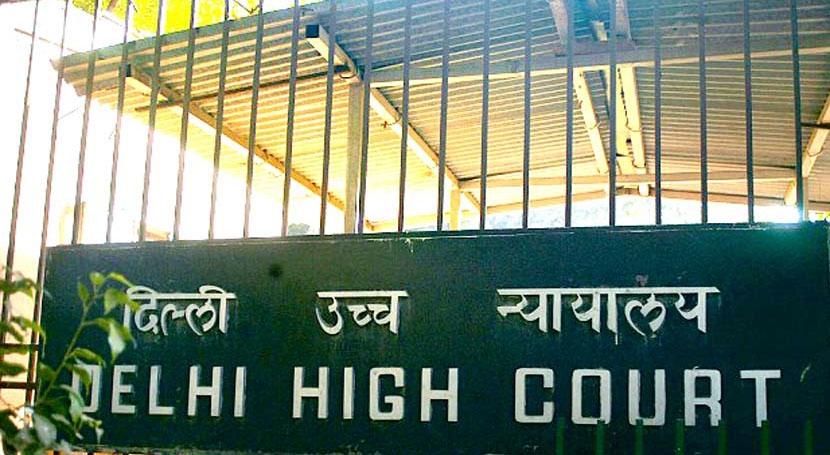New Delhi, May 17 : The Delhi High Court on Wednesday voiced its dissatisfaction regarding the practice of civic authorities dismembering cattle carcasses before their disposal.
A bench, headed by Chief Justice Satish Chandra Sharma and comprising Justice Subramonium Prasad, demanded an explanation on how this procedure could be considered scientific.
“I find it difficult to accept this.It is not permissible to cut them into pieces.
Provide evidence supporting the claim that this is the prescribed scientific approach,” said the Chief Justice.
During the proceedings, counsel representing the Municipal Corporation of Delhi (MCD) defended the civic body’s disposal method for large animals such as cows and buffaloes, stating that a “scientific” approach was adopted due to space constraints that prevented burying the entire carcasses.
In response, the bench expressed scepticism, remarking: “Are you suggesting that you compress the carcasses before disposal? That cannot be permitted.Present a more detailed status report clarifying the scientific basis for this process.”
The high court issued notice to the MCD, Delhi government, and the Centre in response to an application filed by petitioner Ajay Gautam, who is seeking a dignified burial for cows.
The matter has been scheduled for further hearing on August 21.
The application was submitted as part of an ongoing petition that seeks authorities to provide an antidote for lumpy skin disease among cows.Gautam, the petitioner, emphasised the importance of prioritising the vaccination of stray cattle.
In a status report presented by MCD standing counsel Ajay Digpaul, the civic body explained that in 2009, they established a rendering plant within the Ghazipur municipal slaughterhouse complex.
The rendering plant has a daily capacity of 20 tonnes for the scientific disposal of carcasses, including those of large animals such as cows and buffaloes in Delhi
It said that the municipal slaughterhouse complex’s rendering plant has been leased to a private agency.
“The lessee of the Ghazipur slaughterhouse has contracted dead animal removal services to transport deceased animals from all over Delhi to the rendering plant for their appropriate disposal.The report clarified that the MCD does not engage in the burial of dead cows,” it added.
The bench directed the MCD to provide evidence and documentation regarding the origin of the practice of dismembering animals for disposal.
Questioning the procedure, the bench expressed concern about the potential extension of such practices to humans, demanding an explanation and scientific data supporting the approach.
“Tomorrow you may do it with humans also.From where does this procedure come?” the bench said.
Emphasising the lack of supporting documents, it stressed the need for justification beyond mere assumptions.
The petitioner argued that this method amounted to disrespect towards deceased cows, highlighting that cruelty towards animals should not be limited to those that are alive but also extends to their remains.
In addition, the high court issued a notice to the Centre, Delhi government, and Delhi Police in response to another application by the same petitioner, alleging a significant increase in incidents of cow smuggling and slaughtering before Bakra-e-Eid.
The filed application is part of an ongoing petition that urges authorities to take decisive actions to prevent cow slaughter in the national capital.
Furthermore, the petitioner has requested the court to issue a directive to establish dedicated cow protection cells in each district of Delhi.
spr/vd
#Tomorrow #humans #Delhi #cattle #carcass #disposal #Ajay #Delhi #New Delhi #Ghazipur
.






